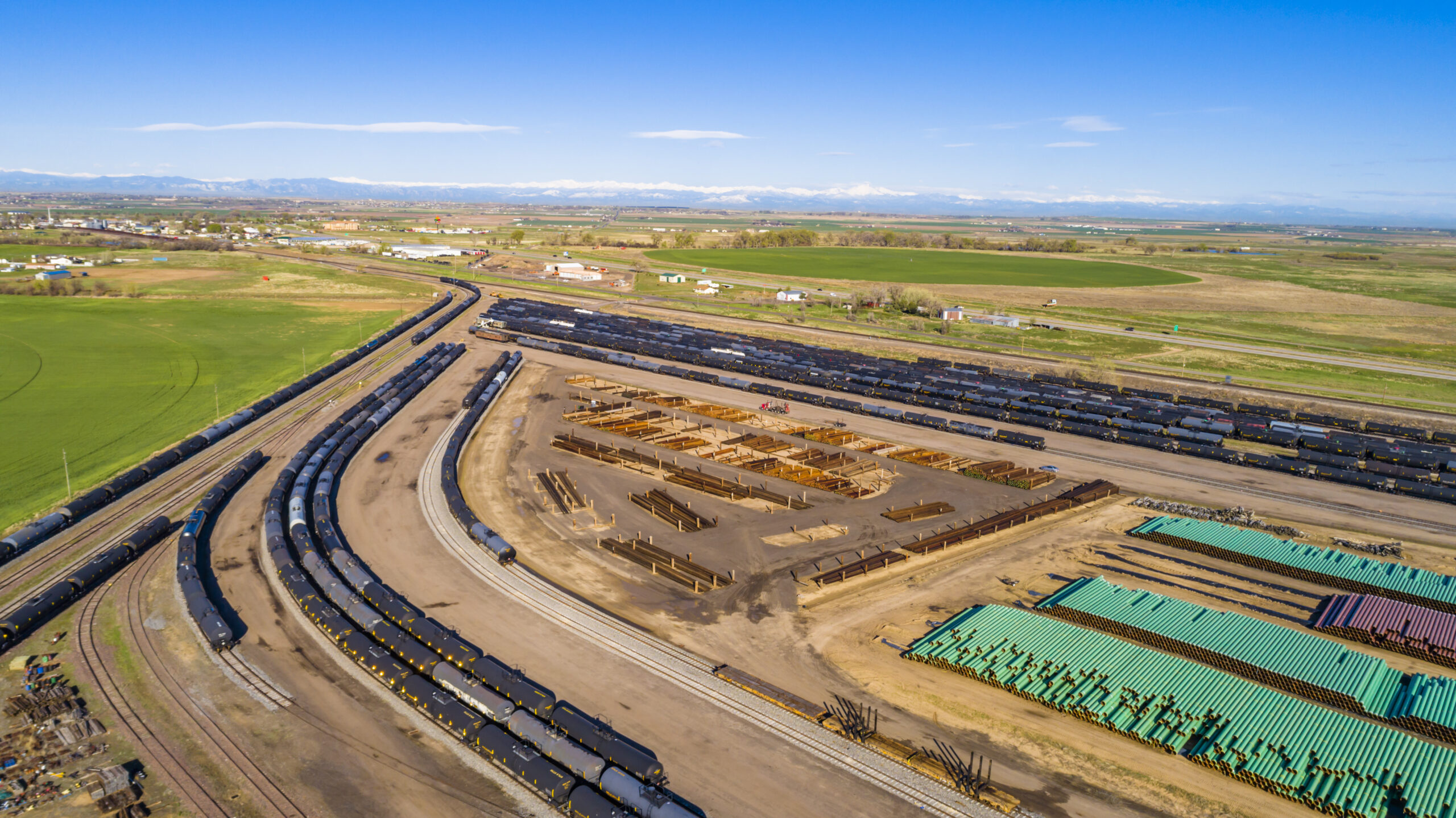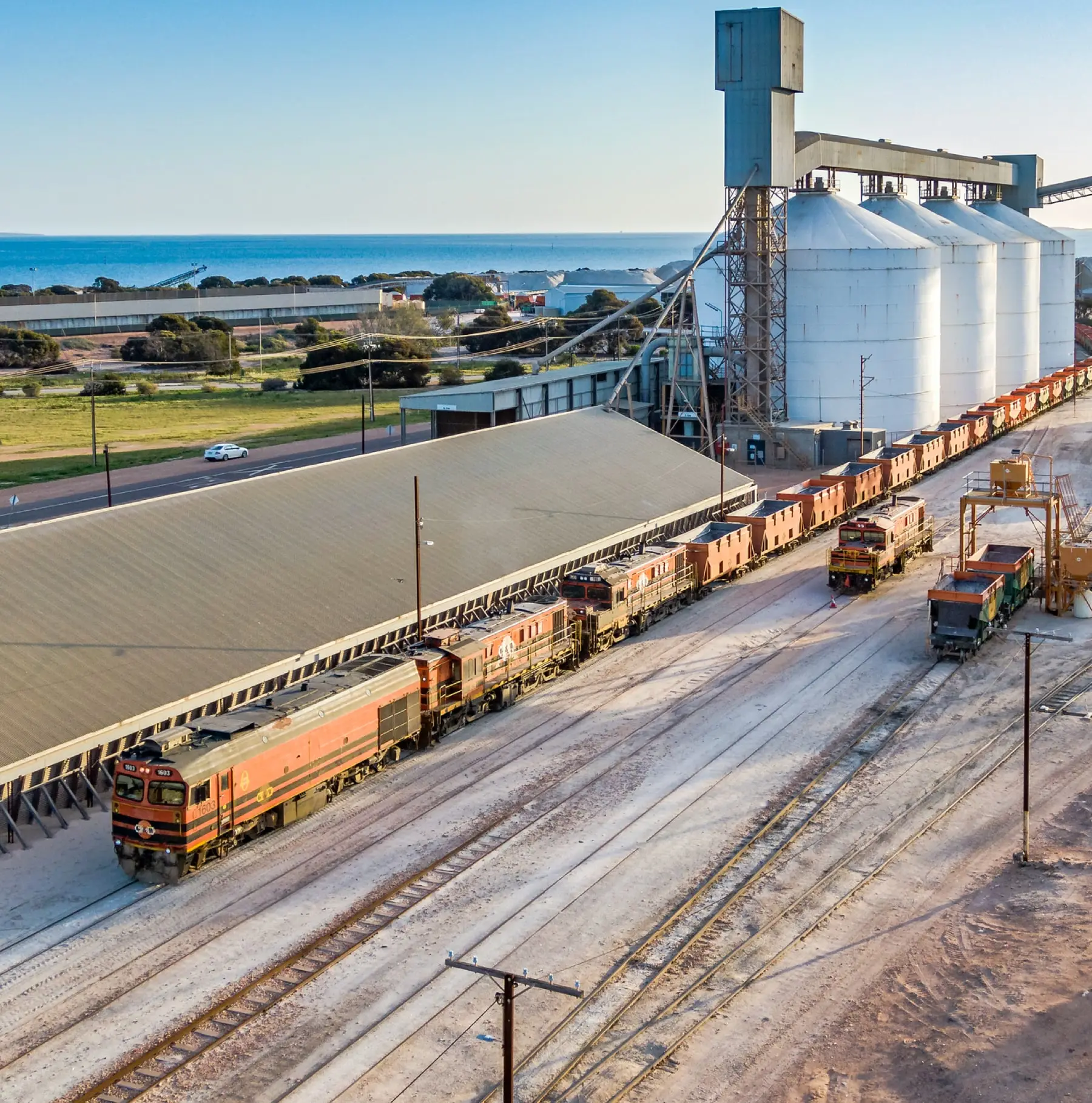How are you currently managing your assets? In this piece we’ll jump into managing railway assets and best practices as well as some thoughts on the bad practices. Railway assets are complex pieces of equipment that must be properly maintained to ensure safety, efficiency, and overall operations are carried out without impacting service delivery.
Do have a proper inventory of all assets.
This inventory is a great place to start because it allows complete visualization of everything. Each asset has a life cycle and to maximize that life cycle, a proper catalog of information for the assets is necessary.
An example of minimum requirements to support asset management and capital planning are displayed in the table below.
| Asset ID | Description | Equipment Type | EUL | Cost | Install Date | Priority | Condition |
| TRK-RR | Track #1 Running Rail | Track | 40 | $35,000 | 1/23/1957 | 1 | 1 |
| SW25-CP | SW #25 at Control Point #15 | Turnout | 15 | $70,000 | 11/01/1959 | 1 | 2 |
| TRK-CT | Track #1 Crossties | Track | 20 | $4,000,000 | 4/21/2014 | 1 | 3 |
| BRG-TIMB | Bridge Timbers | Bridge | 20 | $1,500,000 | 10/3/2002 | 1 | 2 |
| SIG-CP | Signal at Control Point | Signal | 20 | $500,000 | 6/8/2013 | 1 | 3 |
| RRC3–ST | Railroad Crossing #3 at Main Street | Crossings | 15 | $1,250,000 | 5/13/2010 | 1 | 2 |
Don’t collect the bare minimum of data for rail assets.
While certain components of the asset are not required to be kept track of for the purpose of inspections and maintenance, the more information collected on the assets only gives more data to better analyze the asset to benefit decision making such as when to rehab or replace the asset. This information will be paramount to planning and justifying capital improvements. The table below is an example of how proper asset management aids capital planning efforts.
| Project Name | FY 2019 | FY 2020 | FY 2021 | FY2022 | FY2023 | FY 2019-2023 Total |
| Structural Inspection | ||||||
| Structural Rehabilitation | $2,100,000 | $220,000 | $5,000,000 | $7,320,000 | ||
| Girder Repair | $2,700,000 | $650,000 | $3,350,000 | |||
| Bridge Painting | ||||||
| Bridge Timber Replacement | $1,450,000 | $1,450,000 | ||||
| Tunnel Repair | $325,000 | $325,000 | ||||
| Switch Steel and Timber Replacement | $100,000 | $100,000 | ||||
| Running Rail Replacement | $4,400,000 | $2,600,000 | $7,000,000 | |||
| Rail Grinding | $350,000 | $650,000 | $650,000 | $1,650,000 | ||
| Grand Total | $6,200,000 | $7,725,000 | $650,000 | $870,000 | $5,750,000 | $21,195,000 |
Do ensure that the team responsible for the assets has a clear plan for maintaining the life expectancy of the asset.
Clearly defined instructions for the assets need to cover the definition of the respective asset, the components of the asset, the areas of concern on the asset as it ages, and the procedure for conducting regular inspections on the asset. By effectively tracking the asset throughout its life, each asset can be accounted for in future planning.
Don’t put a plan in place with no expectation of follow up action on the data collected.
Many in the rail industry are focused on modernizing their property and having more technological applications on site to collect data. Asset management software has seen a tremendous boost in interest as electronic record keeping has been approved by regulatory agencies for inspections on the assets. Some may find a product and be sold on the impact of the data collected but once the implementation has been completed, the application can be mismanaged and not properly maintained, which negates many of the benefits seen by the application. An asset management plan (AMP) must be a living document keeping asset condition status current.
 Do utilize the information collected for preventative maintenance.
Do utilize the information collected for preventative maintenance.
No one needs to be reminded of the cost of a derailment. Maintaining the safety and reliability of track, signals, crossings and bridges to the benefit of customers shipping and traveling with the railroad should be the number one priority. Without proper assurances and data that the railroad is being properly maintained, the desire to utilize the services provided decreases. Increasing the visibility into the asset management process only better serves the railway industry moving forward.
Don’t make the mistake of putting off improving your processes until year XXXX.
Budgetary allotment for new tools and equipment may prevent organizations from making decisions to improve asset management. Even if there are no funds available at the given time, collecting complete information on the equipment and applications available can help build the case for your needs the next time funds are made available. Timelines in the industry can be long and require tenuous work on behalf of both the vendor and the railroad. By having the data on the assets collected, a proper asset management plan in place with future goals defined can lead to more efficient and effective conversations with prospective companies looking to help you.
Do remember that an effective asset management plan and process makes it easier to determine the State Of Good Repair for your infrastructure and systems.
Please check out TrackAsset’s page for more information about our linear asset management solution or to schedule a demo.
Follow Railroad Software on LinkedIn for more news and updates.

